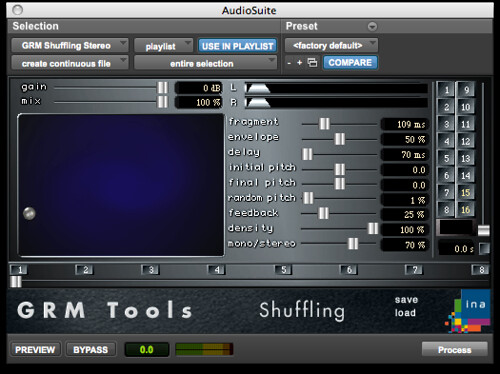The delay trick is always a great one. I sometimes use a sample delay or time adjuster as opposed to a regular delay.
I'm very fond of duplicating the mono sounding track, panning the two tracks left and right, and then slightly pitch shifting the duplicate. I personally generally prefer pitching down, but pitching up sounds good too.
Plugs like Waves Doubler work great too, really just delays and pitch shifting also.
Sometimes instead of pitch shifting, I'll time stretch the duplicate slightly also. Gives the image an interesting pulling kind of motion.
also, Eq'ing the two sides separately can do the trick.
as can putting a short modulating reverb on each side, preferably with different modulation times to spread out the image further.
Also, at the expense of being a little more forceful with the sound, using a granular process with a fair amount of pan jitter and a fast grain rate can do wonderful things to a mono image. slap a reverb on afterwards to smooth it out, sounds instantly ominous.



